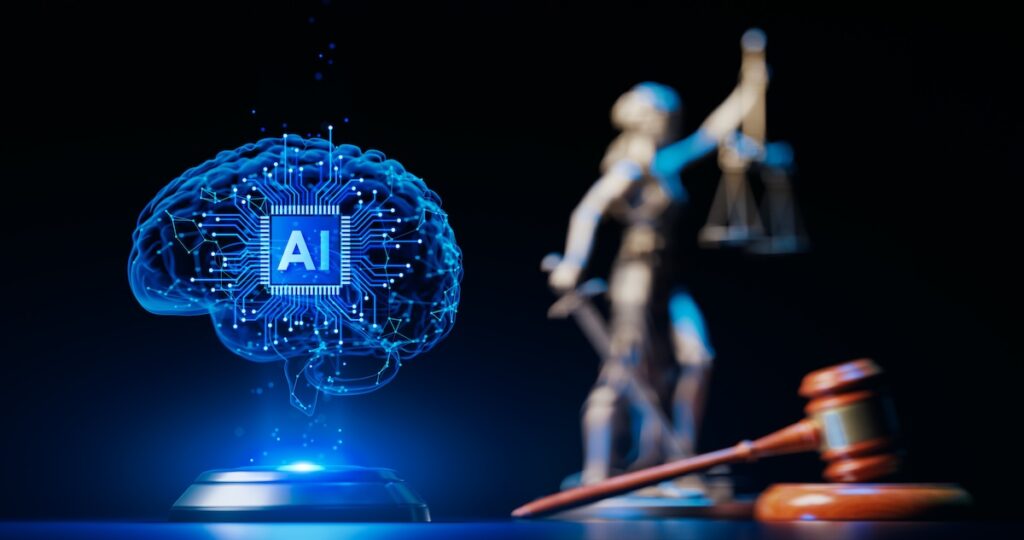A tough economic and social climate is stretching the criminal justice system to breaking point, leaving justice professionals with escalating caseloads and fewer resources to manage them.
It has never been more urgent to give frontline staff the face-to-face time to guide people through their rehabilitation and help them turn their lives around.
This is a human problem in a human world, but AI has the potential to help.
With its ability to consume vast quantities of information and learn from it, AI can perform tasks which humans don’t have the capacity to do.
That doesn’t mean handing over responsibility to machines and letting them decide how to support a victim or rehabilitate an offender. Instead, we can make the most of our intelligent technology so practitioners can focus their skills on supporting victims, offenders, families and communities.
All this is possible today, not sometime in the distant future. Here’s what AI can give us:
- An administrative super colleague
Imagine having a colleague with superpowers. Someone who has time to read through 20,000 case files, review thousands of hours of video footage or piece together the signs which point to a vulnerable child.
Capturing key messages from complex conversations, monitoring quality assurance and coaching less experienced practitioners – these are all roles your AI super colleague can help with, leaving your team with the time and space to build those critical relationships with the people they support.
- An early warning system
One of the greatest fears of any professional in the criminal justice system is that they will miss the clues which could have prevented a harmful incident. But the human mind is not capable of pulling together clues from multiple sources in the way AI is trained to do.
We now have technology which can make connections between a range of services, including health, housing and the police, to alert practitioners to vulnerabilities which might put a person at risk of reoffending.
AI can monitor for warning signs of reoffending too. Someone on probation who has missed an anger management session for instance, or has moved into a household with people known to the police.
- Insight for decision-making
In the justice sector, every decision has an impact on a person’s life, and often that impact is far-reaching. Of course, AI should never assume the role of decision-maker. Instead, the technology can provide objective, neutral and evidence-based information which you and your team can use to determine which actions to take.
AI thrives in rules-based environments, so tools can be trained to sift through representative datasets, mitigate human bias and comply with information-sharing protocols. This enables AI to help humans make fairer, more objective decisions.
Implementing new technology presents new risks, and AI should never be allowed to overstep the mark. But with safeguards to ensure AI is transparent, explainable and tailored to the sector, there is exciting scope for AI to support justice teams in the important work they do to keep communities safe and rebuild broken lives.
Our recent white paper The Role of AI in the Human World of Justice includes contributions from Stephanie Roberts-Bibby, Chief Executive Officer of the Youth Justice Board for England and Wales, and Ian Porée, Justice Advisor and former Executive Director of HM Prison and Probation Service, and is available here: https://ow.ly/cIYs50WxPKn
